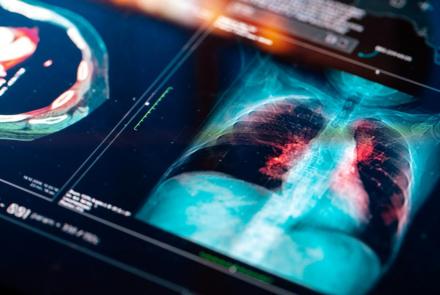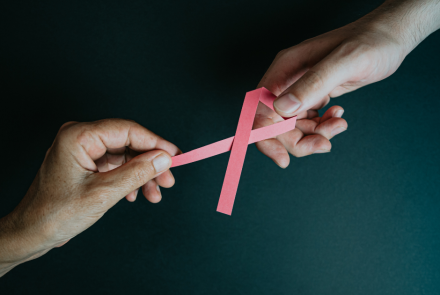Chronic obstructive pulmonary disease (COPD) used to be thought of as an irreversible, progressive disease, without good treatment options. Fortunately, treatments have greatly improved in recent years, allowing many people with COPD to have active lives, according to Murali G. Krishna, MD, Medical Director of Pulmonary Medicine at Montefiore Nyack Hospital and Pulmonologist with Highland Medical, P.C. “If patients quit smoking and regularly use their inhaler, we often see improvements in lung function over time,” he said.
What is COPD?
COPD refers to a group of diseases that cause airflow blockage and breathing-related problems. It includes emphysema and chronic bronchitis. The most common cause of COPD is cigarette smoke. Breathing in secondhand smoke can also contribute to COPD. Pipe, cigar and other types of tobacco smoke also can cause the disease, especially if the smoke is inhaled.
The most common symptoms of COPD are shortness of breath and a cough that won’t go away.
Diagnosis
To diagnose COPD, the doctor uses pulmonary function tests. These measure how much air you can breathe in and out, how fast you can breathe air out, and how well your lungs deliver oxygen to your blood. The main test for COPD is spirometry. This test measures how much air you breathe out and how fast you blow it out. It tells the doctor how severe your COPD is.
The doctor will also check to see if you also have asthma. “We now understand that many patients with COPD also have asthma,” Dr. Krishna said. “If we can get the asthma under control, it will also help control the COPD.”
If the person is a current or past smoker, the doctor will order a CT scan of the lungs to look for lung cancer.
For people diagnosed with COPD, the doctor will do a simple cheek swab to test for a genetic condition known as Alpha 1 antitrypsin deficiency. A small percentage of people diagnosed with COPD may have undetected Alpha 1. Treating the Alpha 1 can help improve a person’s breathing, Dr. Krishna said.
Treatment for COPD
Many people newly diagnosed with COPD think they will need to be treated with oxygen therapy. “The majority of COPD patients can get their disease under control with inhalers, and with regular follow-up with their pulmonologist,” Dr. Krishna said. “Today very few patients need oxygen.”
Many COPD patients used to need three different inhalers daily to manage their disease. Now, there are several Food and Drug Administration (FDA)-approved inhalers that combine all three medications in one. “Recent studies have shown that combining all three medications in one inhaler allows people to breathe better, reduces COPD flare-ups and improves survival,” Dr. Krishna said. “A person just needs to use the inhaler once a day—it’s a big advance for people with COPD.”
Another important part of COPD treatment is pulmonary rehabilitation. This is a program of educational classes and supervised exercise sessions for people with COPD and other chronic breathing problems. A person works with a respiratory therapist two or three times a week, using special equipment. “Pulmonary rehab can have a tremendous impact on patients with COPD,” Dr. Krishna said. “The majority of patients come out feeling stronger and better. They can do more and are less short of breath.” Montefiore Nyack Hospital is planning to open a pulmonary rehabilitation center early in 2022, Dr. Krishna said.
or smokers, a very important part of treatment is smoking cessation. “Quitting smoking provides a bigger benefit to people with COPD than anything else,” Dr. Krishna said. Treatment can include nicotine replacement therapy and other medications. The FDA recently authorized e-cigarettes, saying the devices could help adults smokers reduce or eliminate their use of cigarettes.
For patients with severe COPD, a minimally invasive procedure called bronchoscopic lung volume reduction (BLVR) may be recommended. Tiny valves are implanted in the airways of the lungs and act as one-way valves. They block off diseased parts of the lung and allow healthier regions to expand and function more efficiently. The result can be better lung function, easier breathing, improved exercise tolerance and a better quality of life.
For a small minority of patients with severe COPD, who are younger than 65 and who require oxygen therapy, the doctor may recommend a lung transplant.
All COPD patients should be vaccinated for COVID-19, flu and pneumonia, Dr. Krishna said. “A person with COPD is at risk of a worse outcome with all three of these diseases, so it’s very important they are protected,” he said.






